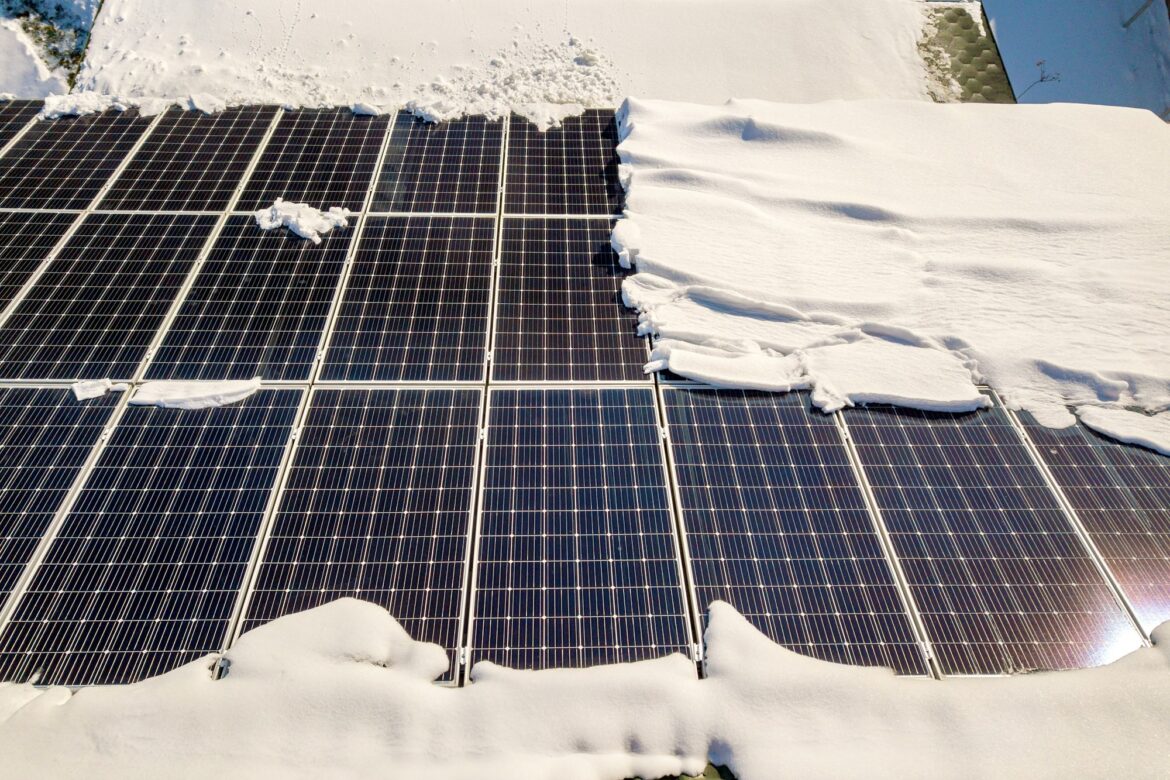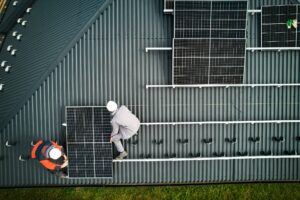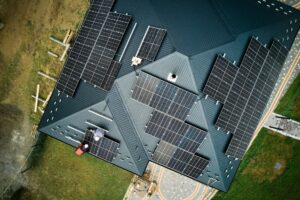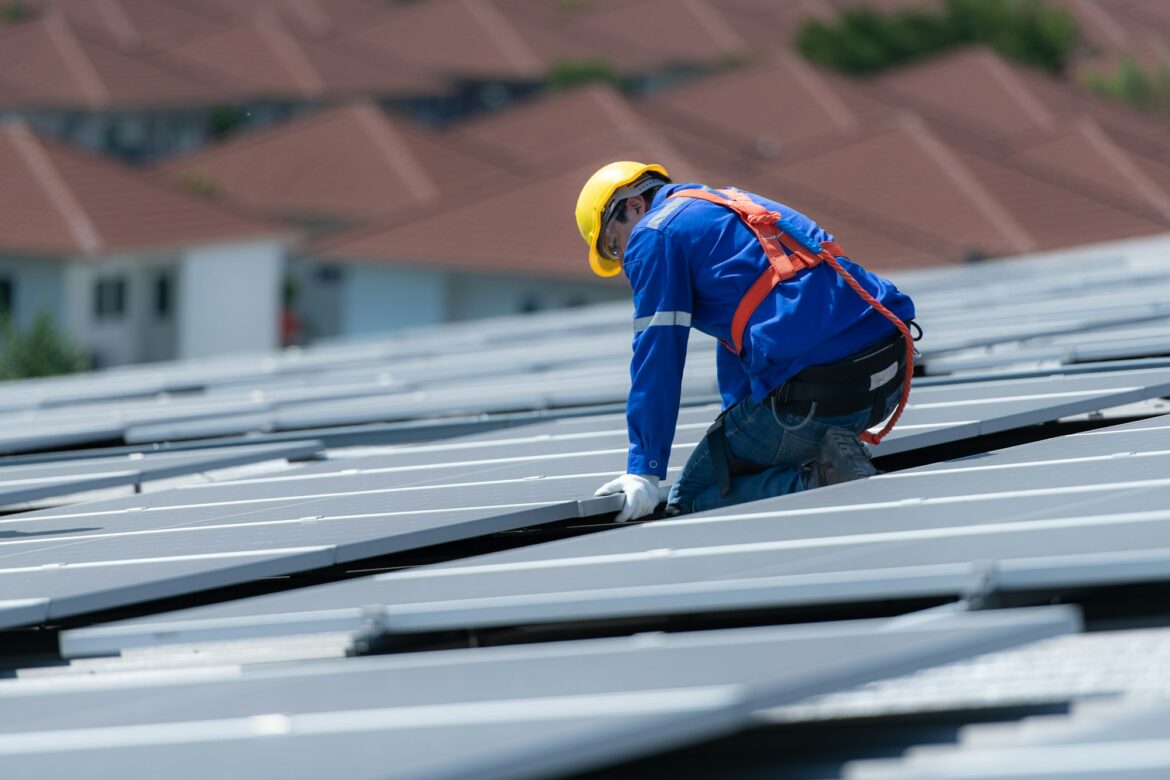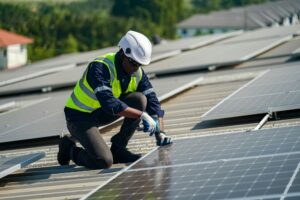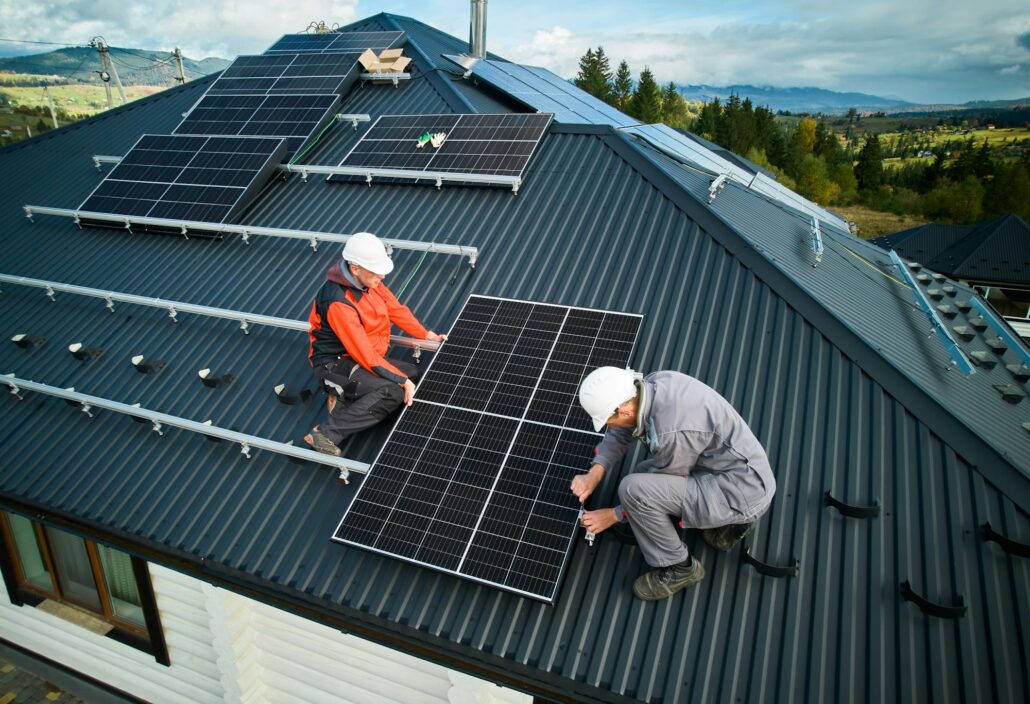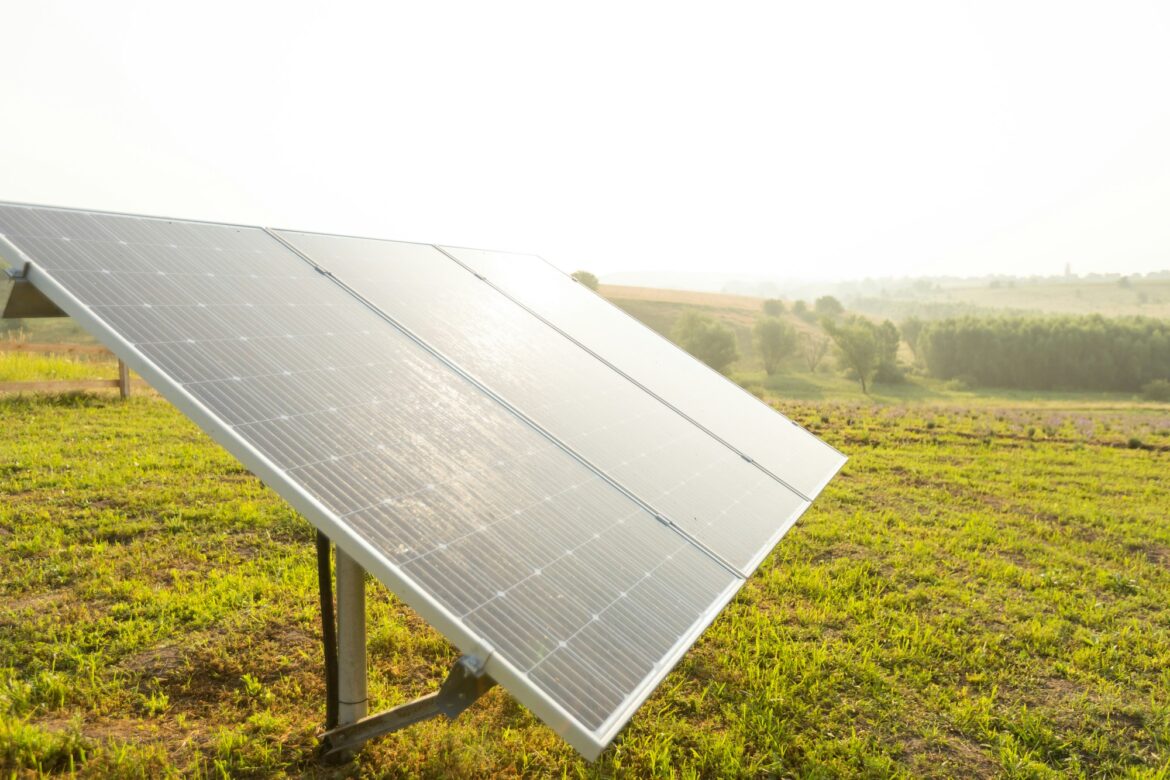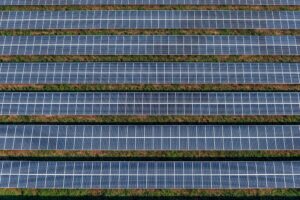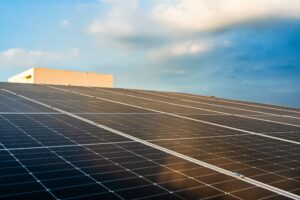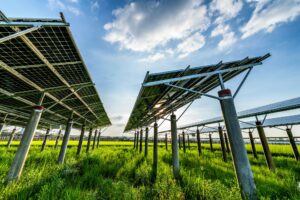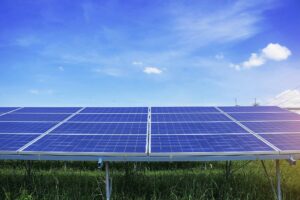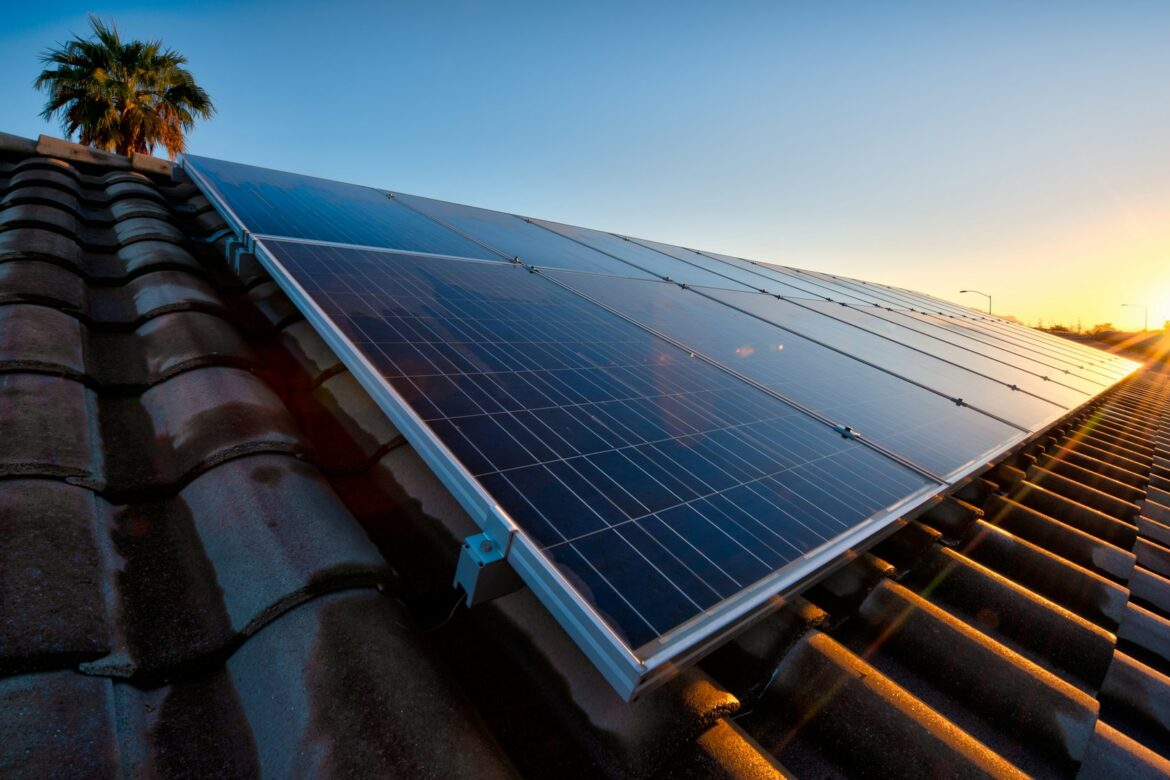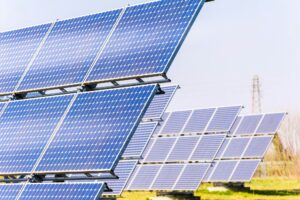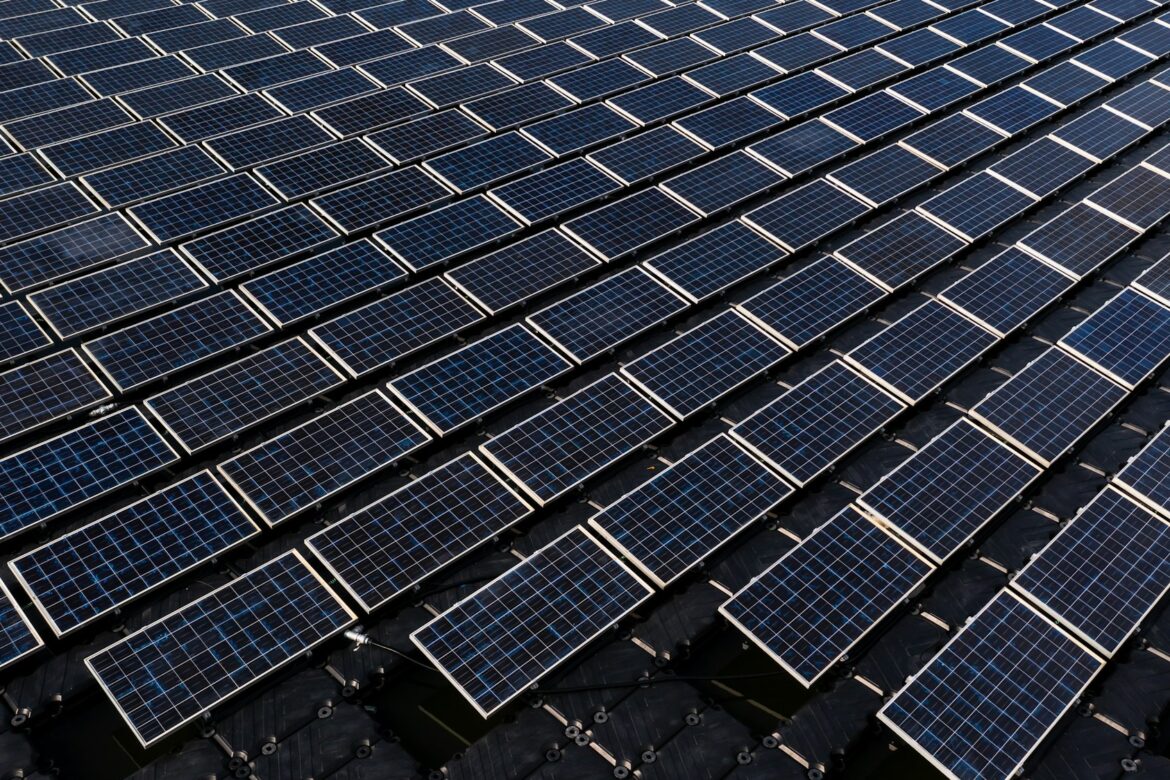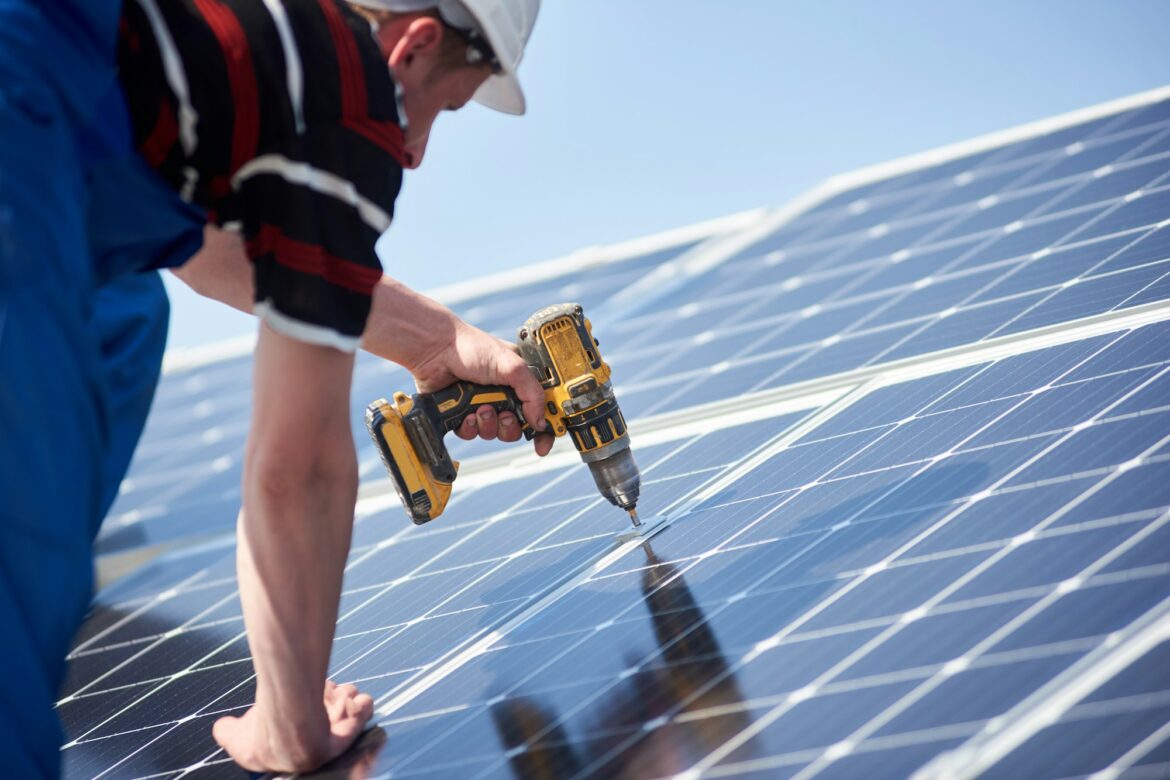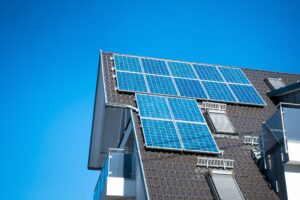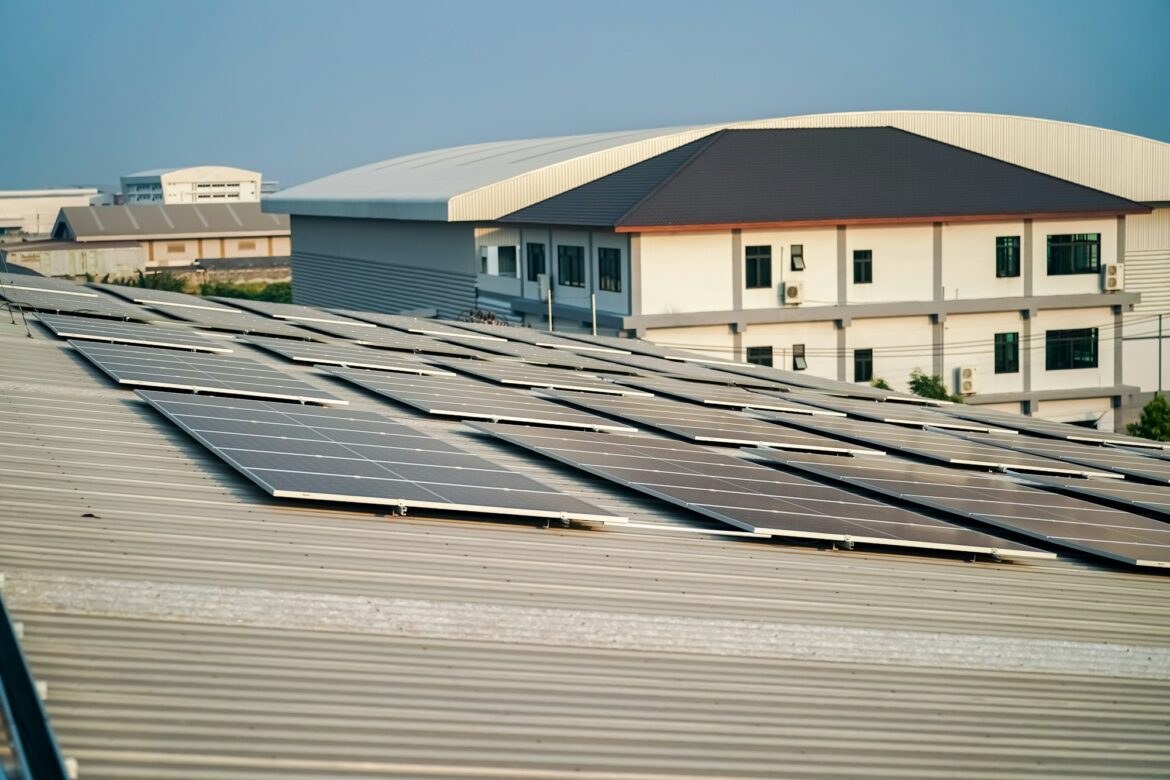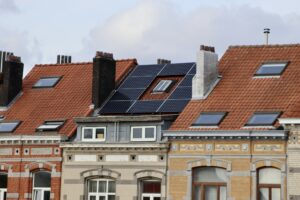Seasonal Solar Energy Myths: Fact or Fiction?
As winter approaches, making sure your solar panels are properly prepared helps maintain their efficiency during shorter, cloudier days. While solar panel maintenance is typically minimal, taking time to clean, inspect, and prep them for winter maximizes their energy output.
Here are some steps to help you winterize your solar panels.
1. Clean the Solar Panels
Dirt, dust, leaves, and other debris build up on solar panels, blocking sunlight and reducing efficiency. This is especially important during winter, as cloudy days and shorter daylight hours already limit available sunlight.
A clean surface allows panels to capture as much sunlight as possible. Here’s how to clean them effectively:
- Choose the Right Tools: Use a soft cloth or sponge and a mild, non-abrasive cleaning solution to avoid scratching the panels. Avoid harsh chemicals, which can damage the protective layer on the panels.
- Use Water Carefully: If you’re using water, avoid cold water, as the sudden temperature change can cause cracks. Lukewarm water is a better option in these conditions.
- Be Mindful of Safety: If your panels are on the roof, take appropriate safety measures. Consider hiring professionals if you’re not comfortable with heights or lack the right equipment. Safety harnesses, slip-resistant shoes, and a sturdy ladder are essential if you’re doing it yourself.
- Remove Snow Carefully: Snow can cover panels entirely, blocking sunlight and drastically reducing output. Use a soft-bristle brush or a snow broom designed for solar panels to clear the snow without damaging them.
Pro Tip: Avoid metal tools or high-pressure water, as these can damage the panels; a gentle approach ensures safe, effective snow removal to maintain energy production.
Learn more about winter solar panel efficiency here: Keeping Your Solar Panels Efficient During Winter Weather: What You Need to Know
2. Inspect for Damage and Debris
A thorough solar inspection helps catch potential issues before winter’s harsher conditions make them worse. Regular inspection involves checking for cracks, loose wiring, or other signs of damage that might compromise performance or pose safety risks.
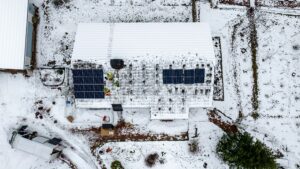
- Look for Physical Damage: Check for visible cracks, chips, or discoloration on the panels. Harsh summer and fall weather, such as hail or heavy winds, can cause small cracks that may worsen with freezing temperatures.
- Inspect Electrical Components: Examine wiring and connections to ensure they’re secure and free from corrosion or other signs of wear. Look for frayed wires, loose connections, or signs of animal nesting, as small animals may chew on wires, especially in colder weather when they seek warmth.
- Clean Debris from Mounting Systems: Leaves and twigs can accumulate around the mounting system and impact the panel’s position or drainage, leading to blockages or misalignment.
Pro Tip: To get the most energy from your solar panels, align them to maximize their exposure to sunlight. Ideally, the tilt angle of your solar panels should match your latitude for year-round performance.
For more info on solar panel alignment, read our article: The Importance of Solar Panel Alignment
3. Optimize Angle and Tilt for Winter Sun
During winter, the sun is lower in the sky, so adjusting the angle of your panels can help capture more sunlight. If your mounting system allows it, tilt your panels to a steeper angle for optimal winter performance. This adjustment ensures that the panels receive more direct sunlight, improving efficiency.
For ground-mounted systems, this can be done fairly easily, but rooftop systems may require professional adjustment depending on the setup.
4. Consider Monitoring and Battery Storage
Installing a monitoring system allows you to track the performance of your solar panels throughout the winter. This helps you identify drops in efficiency quickly, so you can address issues like snow buildup or damaged wiring without delay. Additionally, if you use solar batteries, ensure they’re properly insulated to withstand colder temperatures, which can reduce their efficiency.

5. Schedule Professional Maintenance
If your panels are due for professional solar panel maintenance or inspection, schedule this before the winter season. A professional can conduct a more in-depth inspection, identify issues that might not be visible, and ensure your system is optimally prepared for winter conditions.
Final Thoughts
Winterizing your solar panels helps ensure they operate at peak efficiency throughout the colder months. By cleaning, inspecting, adjusting, and maintaining your panels, you can make the most of winter’s limited sunlight and protect your investment for years to come.
Contact Gurr Brothers Energy today for all your seasonal solar needs!
Author: Hunter S.
Interested in Our Solar Services?
Give Gurr Brothers Energy a call today and let’s start powering your life with sunshine!

